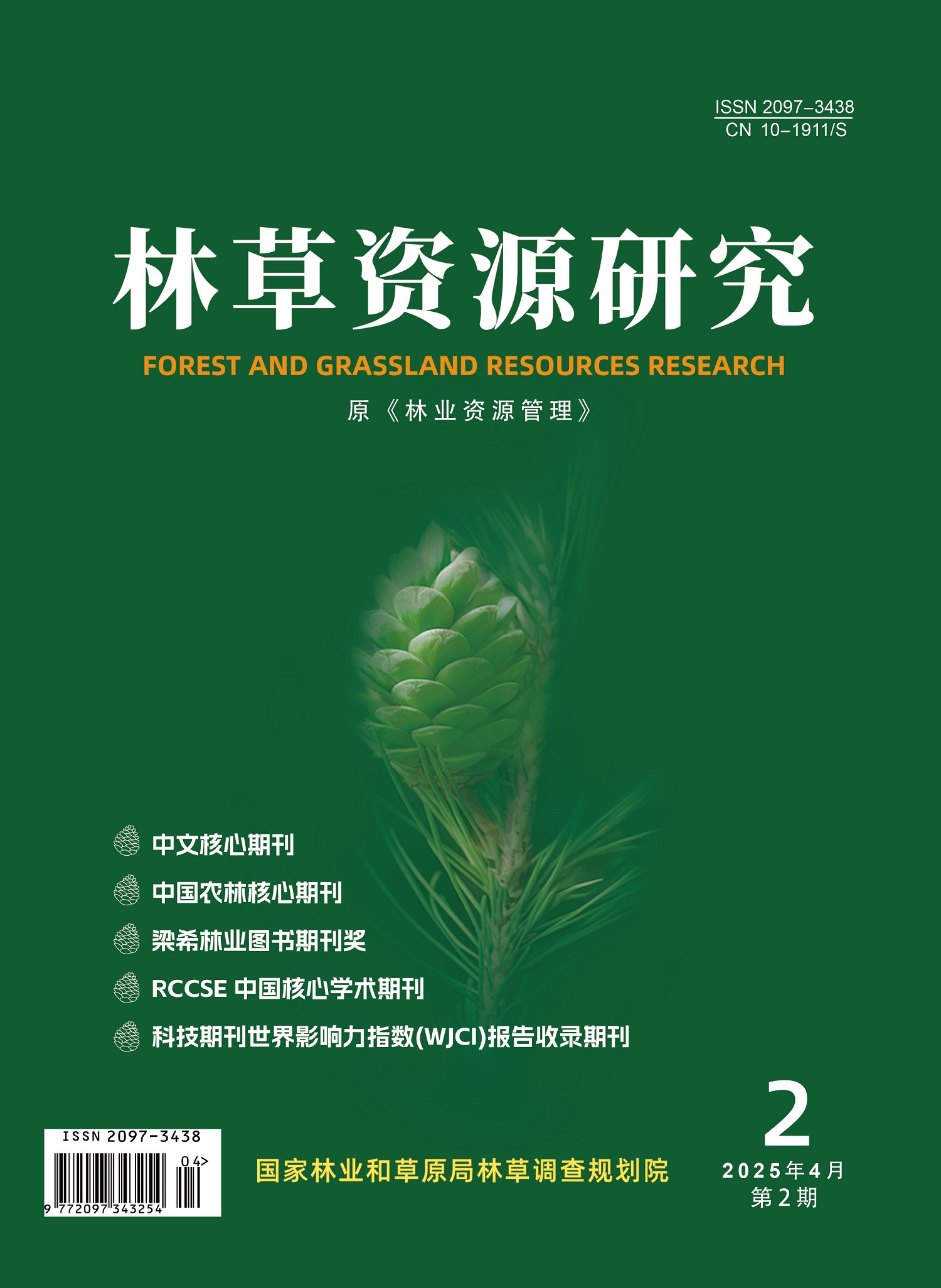The 2-year-old seedlings of Exochorda racemosa and Exochorda serratifolia were used as experimental materials.Under the condition of artificial water control,pot experiments were conducted with five water gradients of 100%(CK),75%(Light drought,LD),50%(Moderate drought,MD),25%(Severe drought,SD)and 0%(Extreme drought,ED)for drought stress treatment.The morphological indexes,SPAD value and chlorophyll fluorescence kinetic parameters of two species of Exochorda under drought stress were measured.The drought resistance indexes were screened and evaluated by correlation analysis and principal component analysis.The results showed that:1) With the intensification of drought stress,the plant height,leaf number,leaf water content,SPAD value,Fm and Fv/Fm of two species of Exochorda decreased,while Fo increased,but the time difference of moderate drought treatment(MD) was not significant.2) Correlation analysis showed that there was a certain correlation between the drought resistance indicators,and there was a significant correlation between morphological indicators and physiological indicators.3) The results of principal component analysis showed that the seven drought resistance indicators could be divided into two categories,with a cumulative contribution rate of 96.17%.Fo,Fm,Fv/Fm,leaf water content and SPAD value were selected as five main drought resistance indicators to comprehensively evaluate the drought resistance of the two species of Exochorda Lindl.Exochorda racemosa could grow normally under severe drought (SD),and Exochorda serratifolia could grow normally under moderate drought (MD).

